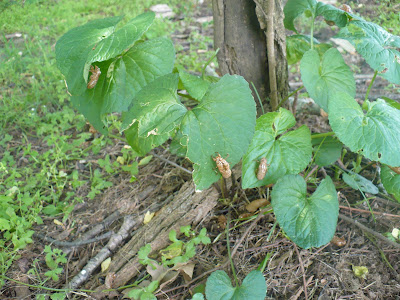The overwhelming error that grabs me is a foundational one. Dr. Partington implies that joint attention is a category on a list that includes expressive and receptive spoken language.
His implication, from what I've learned via RDI(r), is incorrect.
Expressive and receptive language fall UNDER a broader umbrella of joint attention, and joint attention grows in distinct developmental steps/stages. The predecessor to verbal behavior is NONverbal behavior, and NONverbal behavior involves early stages of joint attention.
Thanks to verbal behavior, we programed our daughter with hundreds of words. She could label and mand and answer questions but was not interactive verbally OR non-verbally. We completely missed joint attention when we addressed it as just another category within a verbal behavior approach. I know we are not the only ones.
Our switch to a developmental approach had us putting stages of joint attention front and center with communication (real communication, not limited to the verbal behaviors of labeling, manding, and answering questions) a goal. We learned to use ourselves in new ways that gave our girl experience and practice with people. Interacting. First at non-verbal levels.
A switch to a developmental approach made all the difference. I think had we used a developmental approach all along, we'd have had no need for verbal behavior. Words and talk would have happened naturally and in context.
Blogger Tammy Glaser thinks so, too. She dissected Dr Partington's lecture from both Charlotte Mason and RDI(r) approaches. Go HERE to read her thoughts.






























